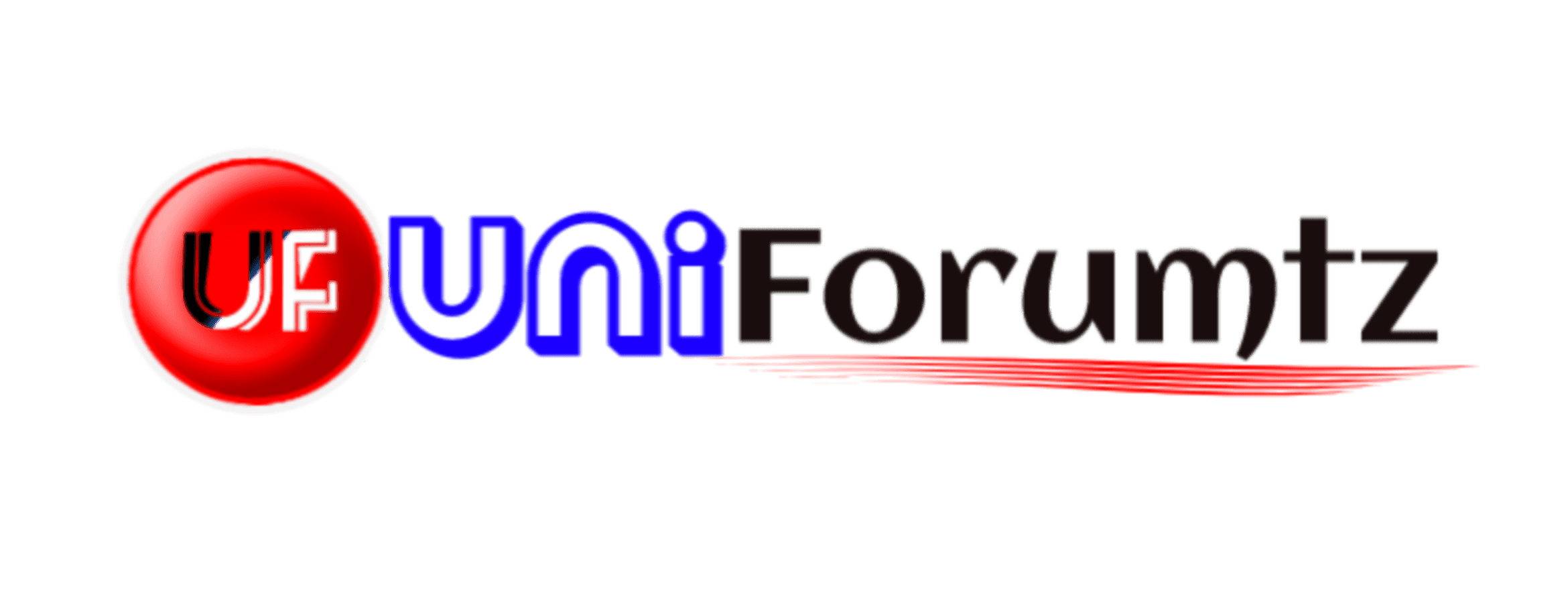UNDERGRADUATE ADMISSION, PROGRAMMES AND AWARDS
INTRODUCTION
University education in Tanzania is undergoing tremendous transformation, with one of the key outcomes being expanded student enrolment that has been triggered by the growing number of candidates from secondary schools as a result of the on-going Government reforms in basic education. Unfortunately, this enrolment expansion is taking place amidst a number of socio-economic challenges that have constrained the national budget to effectively support the systematic growth and diversification of university education in the country.
This continues to hamper the need to have the number of graduates coming out of universities in the country catching up with national human resource needs articulated in Tanzania’s Development Vision 2025.
[ads id=”ads1″]
The other potential challenge that may be a result of the rapid increase in the number of school graduates needing to access university education amidst constrained financial and teaching and learning resources in the universities is compromised quality of the education provided as a result of these setbacks, particularly if the regulatory regime for university education is less effective. Therefore, as university education in Tanzania continues to expand to catch up with national aspirations to transit into the knowledge economy and middle income status by 2025, there is need for the national regulatory regime for university education to come up with appropriately structured standards and guidelines that address pertinent quality aspects in relation to e.g. student admission, progression and mobility on the one hand, and programme content, structure and delivery processes and the meaning of the academic awards on the other.
The quality aspects also need to focus on a positive relationship between the paper qualifications a graduate possesses and the intrinsic knowledge, skills, competences and attitude he/she can demonstrate in the job market or in a self-employment enterprise that makes him/her a resourceful human resource for the nation. This is the essence of the Standards and Guidelines presented in Part 3.
CONTEXT
It is important that the Standards and Guidelines for university education in Tanzania assist universities in embracing a paradigm shift, in terms of the orientation of their academic programmes, from articulating the specific learning aims and objectives that students are expected to realise at the end of a given course module or programme, to focusing on learning outcomes that students are expected to achieve at the end of the course module or programme. This also requires universities to shift from the current pedagogical outlook, where education delivery modes focus more on what lecturers and professors believe graduates need to know, rather than on what students have to know and be able to do in varying and complex situations upon graduating. Thus, this paradigm shift would entail universities shifting from teacher-centred to student-centred pedagogical approaches. Therefore, the Standards and Guidelines presented in Part 3 are intended to be supportive instruments for guiding universities towards embracing such transformation while adhering to quality aspects of university education in the country.
Another glaring aspect of Tanzania’s higher education system is the low gross enrolment rate of the age cohorts of the youth who constitute a pool of potential candidates for university education. This rate standing at 4.2% is much lower than the Sab-Sahara African average of about 8%.
Therefore, for Tanzania to transit into the knowledge-based economy and attain middle income status by 2025 as envisioned in the national development vision 2025, the higher education gross enrolment rate needs to be substantially uplifted to as close as possible to 30-40%, which UNESCO considers as the threshold figure for a country to operate as a knowledge economy. This will require transforming the higher education delivery system with respect to student admission frameworks, teaching and learning resources, structures and diversity of academic programmes, and education delivery modes.
Therefore, in view of the above challenges and for the interest of maintaining the quality of university education in the country under the ensuing transformative scenarios, the Standards and Guidelines presented in Part 3 provide appropriate provisions for ensuring and assuring the quality of university education in the country with respect to undergraduate admission, academic programmes and awards.
[ads id=”ads2″]
SCOPE
In order for Tanzania’s university education to remain regionally and globally comparable and therefore competitive, the Standards and Guidelines presented in Part 3 have taken into consideration regional and global outlook regarding university education dynamics. This includes aligning the standards and guidelines for university education in the country to the EAC Common Higher Education Area framework, and articulating provisions that will facilitate the country to implement international conventions and declarations that impinge on the need to promote cross boarder mobility of students and labour, and the overall higher education internationalization agenda.
Therefore, the key features of the Standards and Guidelines presented in Part 3 relate to the organisation of various regulatory elements for university education related to undergraduate student admission, teaching and learning processes, student progression, structures and diversity of academic programmes and their delivery modes, and the structure and meaning of academic awards.

